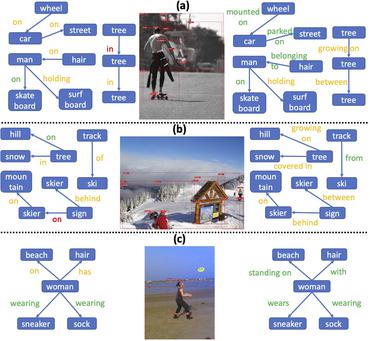Multi-Label Meta Weighting for Long-Tailed Dynamic Scene Graph Generation
This paper investigates the problem of scene graph generation in videos with the aim of capturing semantic relations between subjects and objects in the form of $\langle$subject, predicate, object$\rangle$ triplets. Recognizing the predicate between subject and object pairs is imbalanced and multi-label in nature, ranging from ubiquitous interactions such as spatial relationships (\eg \emph{in front of}) to rare interactions such as \emph{twisting}. In widely-used benchmarks such as Action Genome and VidOR, the imbalance ratio between the most and least frequent predicates reaches 3,218 and 3,408, respectively, surpassing even benchmarks specifically designed for long-tailed recognition. Due to the long-tailed distributions and label co-occurrences, recent state-of-the-art methods predominantly focus on the most frequently occurring predicate classes, ignoring those in the long tail. In this paper, we analyze the limitations of current approaches for scene graph generation in videos and identify a one-to-one correspondence between predicate frequency and recall performance. To make the step towards unbiased scene graph generation in videos, we introduce a multi-label meta-learning framework to deal with the biased predicate distribution. Our meta-learning framework learns a meta-weight network for each training sample over all possible label losses. We evaluate our approach on the Action Genome and VidOR benchmarks by building upon two current state-of-the-art methods for each benchmark. The experiments demonstrate that the multi-label meta-weight network improves the performance for predicates in the long tail without compromising performance for head classes, resulting in better overall performance and favorable generalizability. Code: \url{https://github.com/shanshuo/ML-MWN}.
PDF Abstract



